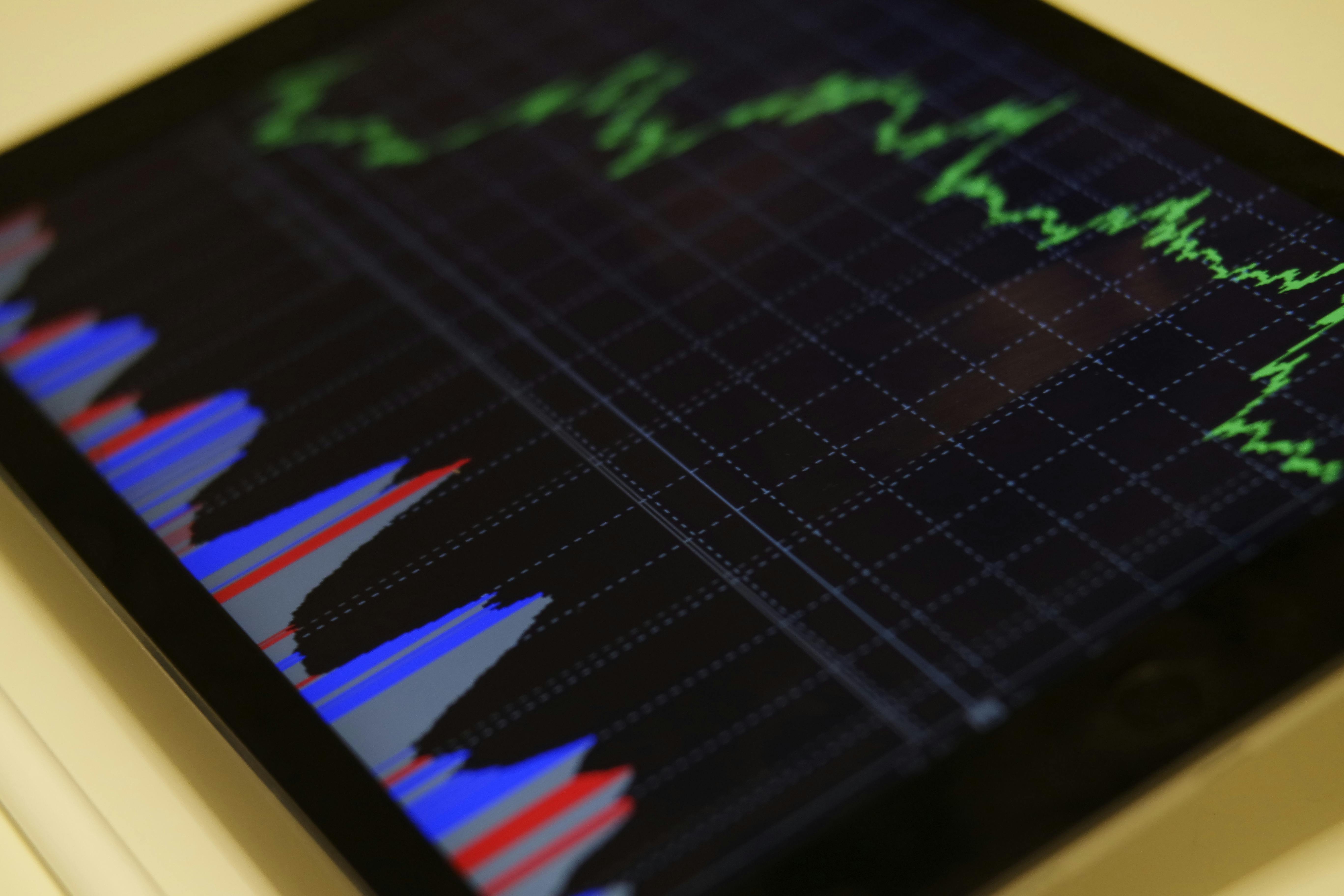 From foreign shares to crypto coins, Nigerians are charging headlong into online trading. But what exactly is driving this boom, and how are trends abroad shaping events on our own doorstep?
From foreign shares to crypto coins, Nigerians are charging headlong into online trading. But what exactly is driving this boom, and how are trends abroad shaping events on our own doorstep?
If you’ve ever heard your cousin talk about “buying the dip” or caught a friend glued to a candlestick chart at a wedding, welcome to the new era of online trading in Nigeria. Over the last few years, there’s been a sharp rise in how ordinary Nigerians are participating in global financial markets, trading everything from U.S. tech stocks to forex pairs and even volatile cryptocurrencies. It’s become a lifestyle, not just a side hustle anymore.
But with access exploding due to apps and internet penetration, risks and challenges have increased just as rapidly.
Global online trading: Everybody’s invited now
Across the world, trading on your phone went from being a novelty to the norm. Robinhood, eToro and Binance apps have completely changed the game, especially for millennials and Gen Z. You don’t need to be this Wall Street whiz kid anymore in order to invest, you just need a phone and an internet connection.
These platforms lowered the barrier to entry through zero-commission trades, fractional shares (so you do not have to possess the entire $3,000 in order to own a piece of Amazon) and user-friendly interfaces. Trading is no longer behind a shroud of mystery. Instead, it’s marketed with memes, community chat and YouTube tutorials.
Globally, this has led to a tsunami of new buyers pouring into Lagos and Abuja markets. During lockdowns due to COVID-19, millions caught on to trading as a way of making money while stuck indoors. And since then, the practice has stuck.
The Nigerian angle: Domestic appetite meets worldwide accessibility
In Nigeria, however, the beauty of online trading is more than ease of access, survival and hope. While inflation is biting hard, the naira constantly playing a vanishing act, and traditional savings appearing to be a dead-end path, young Nigerians are turning towards online trading as a likely avenue to beat the system.
Whether it is forex, crypto or foreign shares, everyone is trying to grow their money by gambling in the markets. The youth, especially between 18–35 years, form the largest majority of new traders in the country. They are technology-literate, eager to earn in dollars and more financially aspirational than their previous counterparts.
And with more broker app for trading available today directly serving Nigerians, accessing international markets has never been easier. These platforms allow Nigerians to buy American and Chinese stocks, invest in ETFs, and even save in dollar-denominated vehicles.
The rise of the broker app for trading
Let’s talk about tools. One massive reason that online trading has exploded is the availability of easy-to-use broker smartphone apps for trading. These apps have made it ridiculously easy to open an account, fund it, look at markets and make trades from a smartphone.
Those were the times when one would need a laptop or go to a local broker who would charge you an arm and a leg simply to buy one share. Now, applications enable users to buy international stocks or currencies within minutes. And they are designed for the Nigerian user: Local payment integration, naira wallets, and even tutorial content for beginners.
These programs also typically contain demo accounts, which are great for practicing before going live with real money. It’s more like a flight simulator for trading, and in this economic chaos, that’s not a bad idea by any means.
Challenges on the road
Of course, it’s not always smooth sailing and profits. Online trading in Nigeria also has its own share of headaches.
Regulation
The Nigerian government has been hot and cold when it comes to financial tech. We’ve seen crackdowns on crypto platforms, confusion over who regulates what, and grey areas in tax policies. This uncertainty makes some platforms pull back or keep things low-key.
Education gap
More individuals are trading, yet not everyone understands what they’re doing. Sure, it’s easy to light up an app and make a trade, but keeping the market in context, taking care of risk, and avoiding scams? That’s another matter. Many traders burn out because of losses that might have been avoided through better education.
Power and internet concerns
It sounds easy, but stable power and consistent internet are still concerns in most of Nigeria. A lagging connection or a sudden blackout during the midst of a trade can actually cause serious damage to one’s bank account.
Trends to watch: What’s next?
We’re likely going to see more local platforms popping up, more educational content in Nigerian languages, and stronger community trading groups forming. Telegram and WhatsApp groups where people share strategies, alerts and even memes are already huge.
Social trading, copying the trades of top-performing investors, is gaining popularity too. Nigerians like community, and combining that with finance is wonderful. You can be sure that there will be more apps bringing in functionality that allows collective investing of this sort.
And with more technology companies and banks seeing the worth in the industry, we might even witness even more formal partnerships that bring online trading to conventional banking.
Trade smart, stay informed
Online trading in Nigeria isn’t going anywhere. It’s fast, it’s growing, and it’s giving people a shot at financial growth in a very unpredictable economy. But just like with any opportunity, it comes with risks, especially if you’re going in blind.
The good news? The resources are available. Whether a broker app for buying and selling or a YouTube channel explaining technical analysis, Nigerians have never had better access. Now comes the challenge of employing these resources in a savvy fashion. So if you’re already trading or thinking about jumping in, take your time. Learn the ropes, ask questions and join a community. And remember: you’re not just betting on charts, you’re investing in your future.
Trade well, naija.









 From foreign shares to crypto coins, Nigerians are charging headlong into online trading. But what exactly is driving this boom, and how are trends abroad shaping events on our own doorstep?
From foreign shares to crypto coins, Nigerians are charging headlong into online trading. But what exactly is driving this boom, and how are trends abroad shaping events on our own doorstep?





